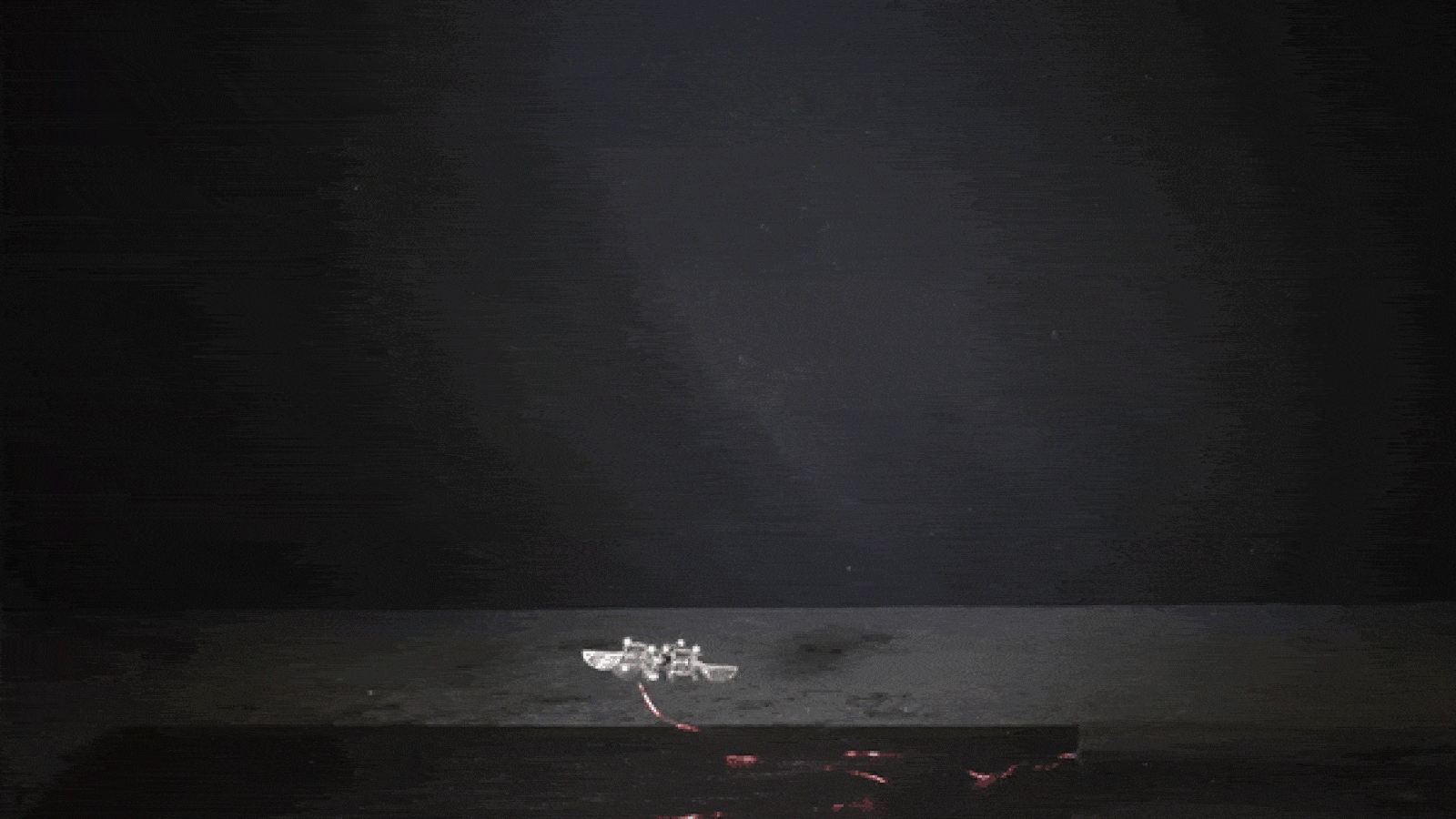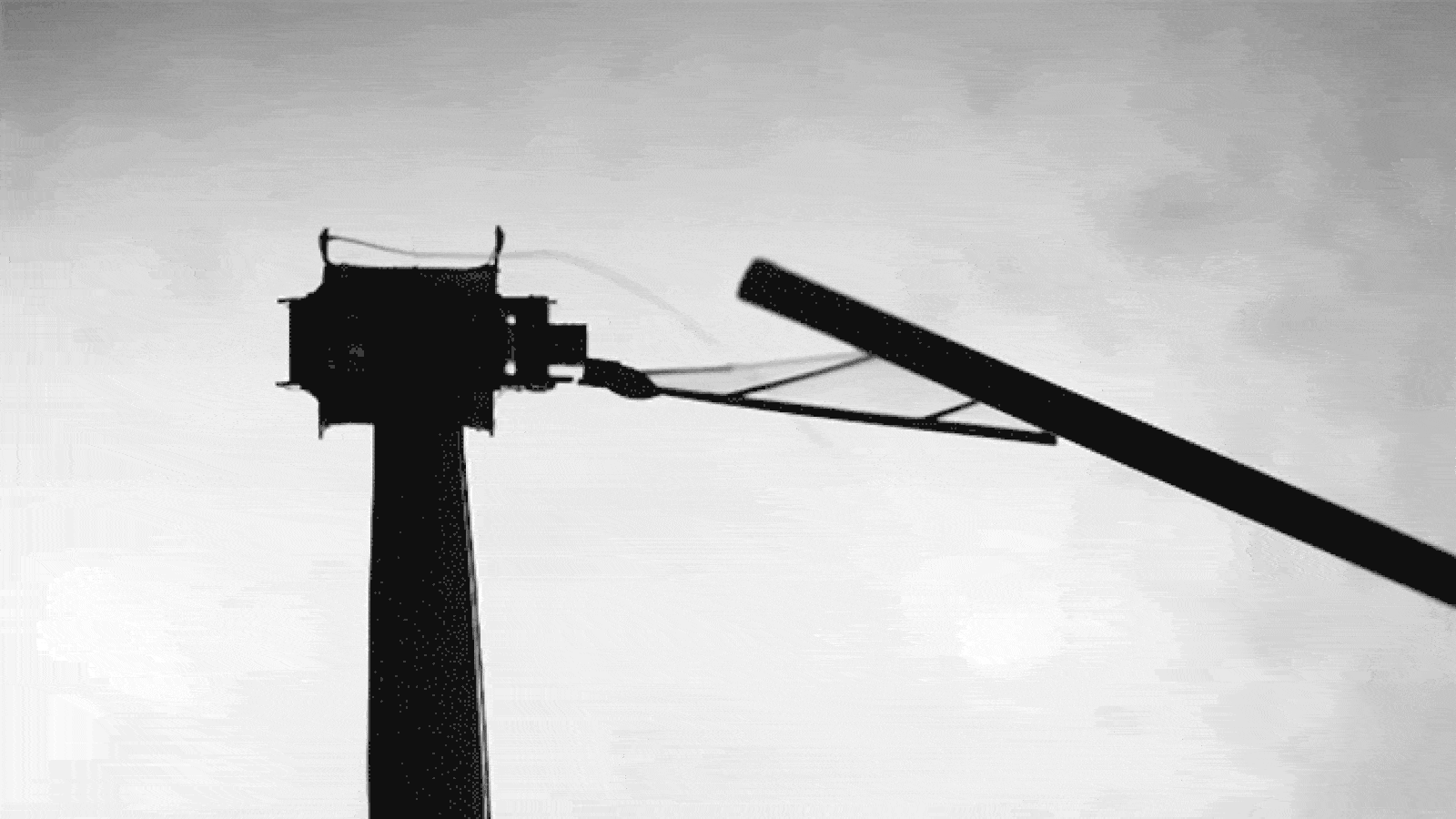MIT builds swarms of tiny robotic insect drones that can fly 100 times longer than previous designs
Scientists have built a new type of robotic insect that can fly 100 times longer than previous generations.

MIT scientists are designing robotic insects that could one day swarm out of mechanical hives and perform pollination at a rapid pace — ensuring fruits and vegetables are grown at an unprecedented level. The new technology could increase crop yields dramatically without harming the environment.
Artificial pollination is a process through which humans manually move pollen from one flower to another, with advances such as mechanical pollination among the techniques being developed. The idea of using robot insects is not new — but a problem previous generations of bug-sized robots ran into was their lack of endurance, velocity and aerial versatility compared to bees and other real insects.
However, in a new paper published Jan. 15 in the journal Science Robotics, the team revealed that they could craft a design with features that addressed the current limitations in mechanical pollination.
The new designs can fly 100 times longer than previous versions while being lighter and housing enough storage for batteries, the scientists said. They added that the robots’ precision and agility have improved while the stress on their wing flexures normally experienced during flight has reduced.
Related: 8 of the weirdest robots in the world right now
Wing flexure is the ability of an aircraft’s wing (in this case, the "bug-bots") to bend or flex. The team had to ensure that the wings of an aircraft lighter than a paperclip would not only surpass past designs but even perform better than their organic counterparts to revolutionize the way produce is grown.
"The amount of flight we demonstrated in this paper is probably longer than the entire amount of flight our field has been able to accumulate with these robotic insects," said co-lead author Kevin Chen, associate professor of robotics at MIT, said in a statement. "With the improved lifespan and precision of this robot, we are getting closer to some very exciting applications, like assisted pollination.”
Sign up for the Live Science daily newsletter now
Get the world’s most fascinating discoveries delivered straight to your inbox.
Robotic insects with much higher stamina
Insect-sized drones needed considerable improvement on previous designs, the team acknowledged in their paper.
In a previous MIT design, the robotic insect was made from four identical units — each with two wings. The rectangular devices were around the size of a microcassette and each one had eight wings.
"There is no insect that has eight wings. In our old design, the performance of each individual unit was always better than the assembled robot." Chen said.
Because the device did not resemble its real counterpart (predominantly due to the wings), it held back performance. The thin pair of wings in bees lets them fly freely and with speed, whereas the eight wings on the robotic counterpart caused them to blow too much air — reducing the amount of lift in the robotic bee.
During testing, a student even suggested flying this version was "the slowest 1,000 seconds he had spent in his entire life."

MIT’s new design divided this robot in half. Each one of the four units has a single, flapping wing that points away from the robot’s center. This feature stabilizes its vertical movement, allowing it to lift higher than before. By having half as many wings as its predecessor, the new design also allows for enough storage for the robot to carry electronic devices such as batteries.
The team also crafted complex signals that connected the wings to devices within the design, replicating "muscles." These signals — referred to as transmissions — necessitated some adjustments in the size of the wings, but overall they could decrease the strain that hindered the stamina of the previous versions.
Chen said there is still much to be done to improve the design further. For instance, bees’ wings are finely controlled by a very sophisticated set of muscles. The team wants to integrate this level of fine-tuning in the future, alongside integrating sensors, batteries and even computing capabilities into this "bug-bot" within the next five years.
Andrea is a journalist, founder, and multimedia writer. With a passion for seeking the truth, she loves exploring the intersection between technology and storytelling–leading to her specialization in covering virtual and mixed reality breakthroughs, sustainable technologies, and how modern artists apply science and engineering to their craft. Her work can be found published in DBLTAP, Cheat Code Central, Contxt, Shift: A Literary Journal, and Chomp.
You must confirm your public display name before commenting
Please logout and then login again, you will then be prompted to enter your display name.










